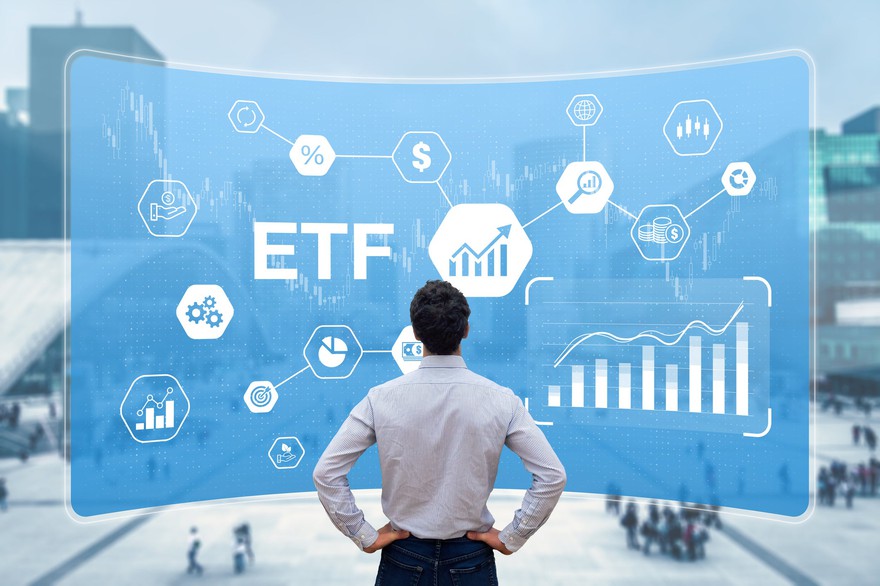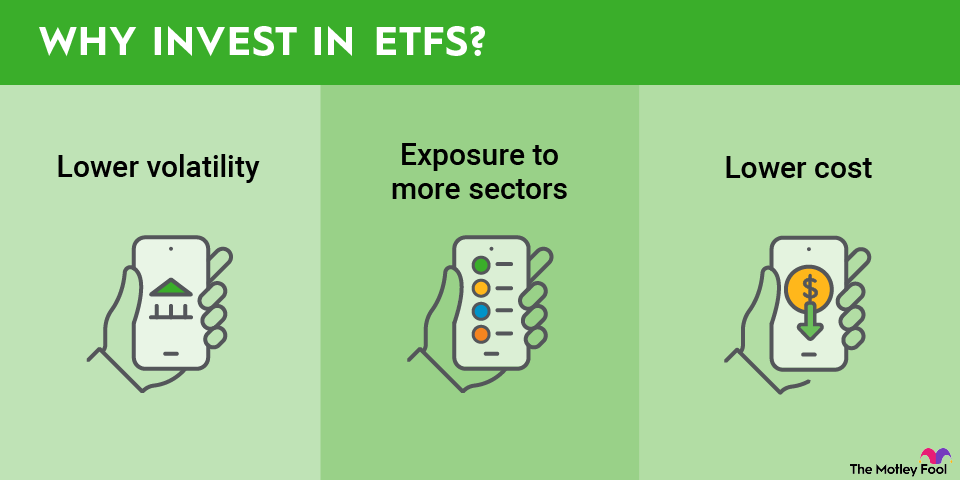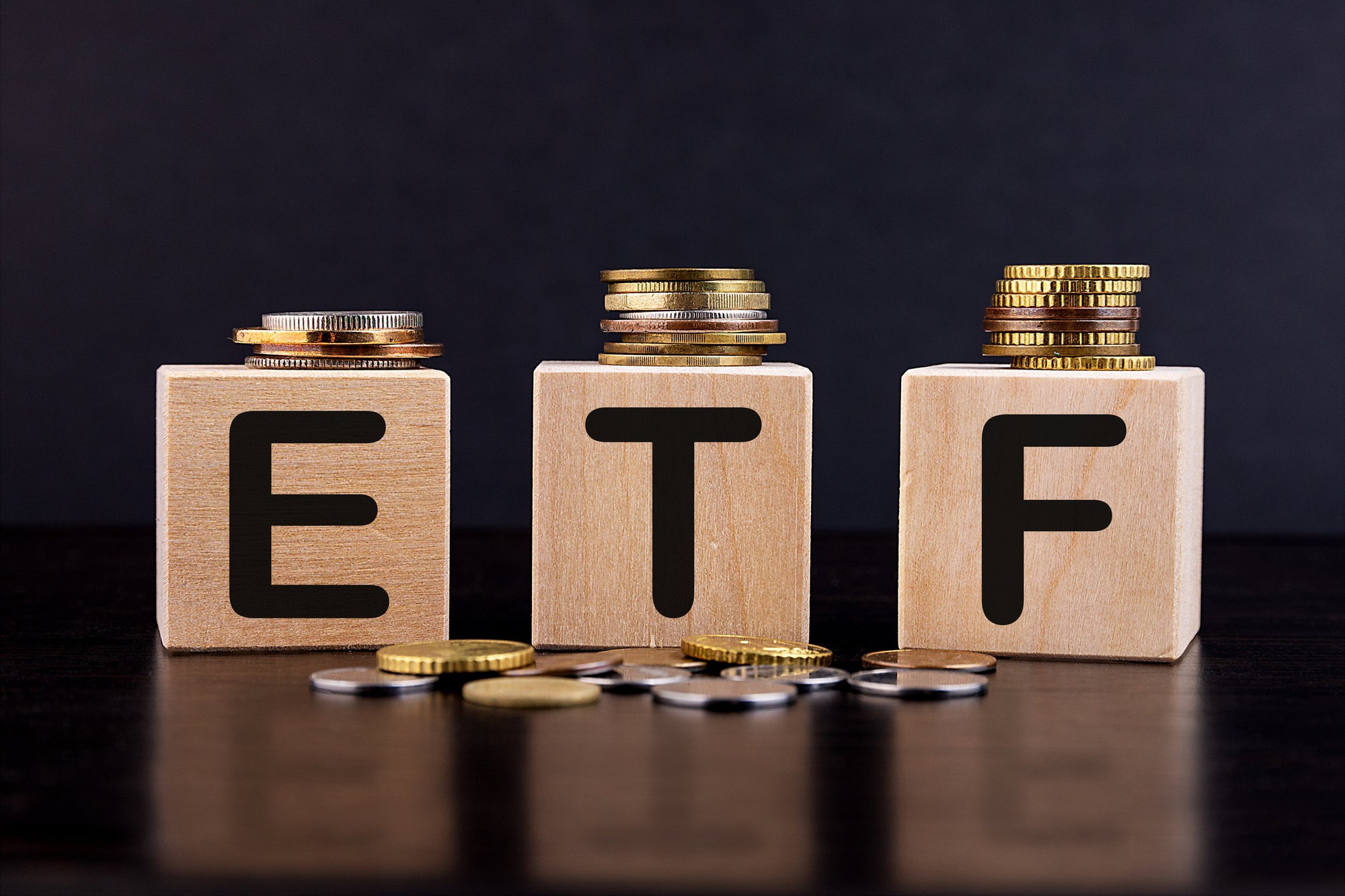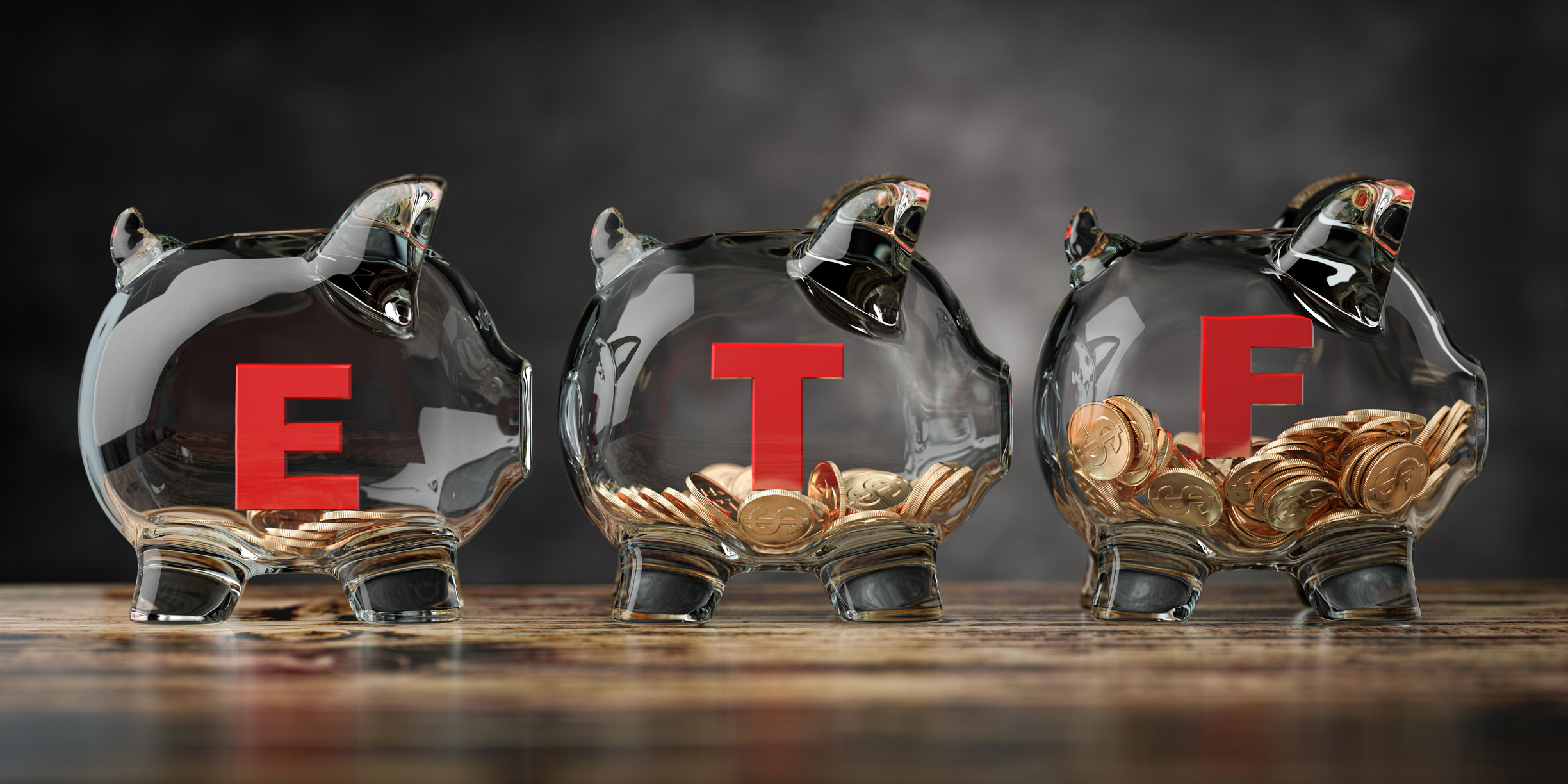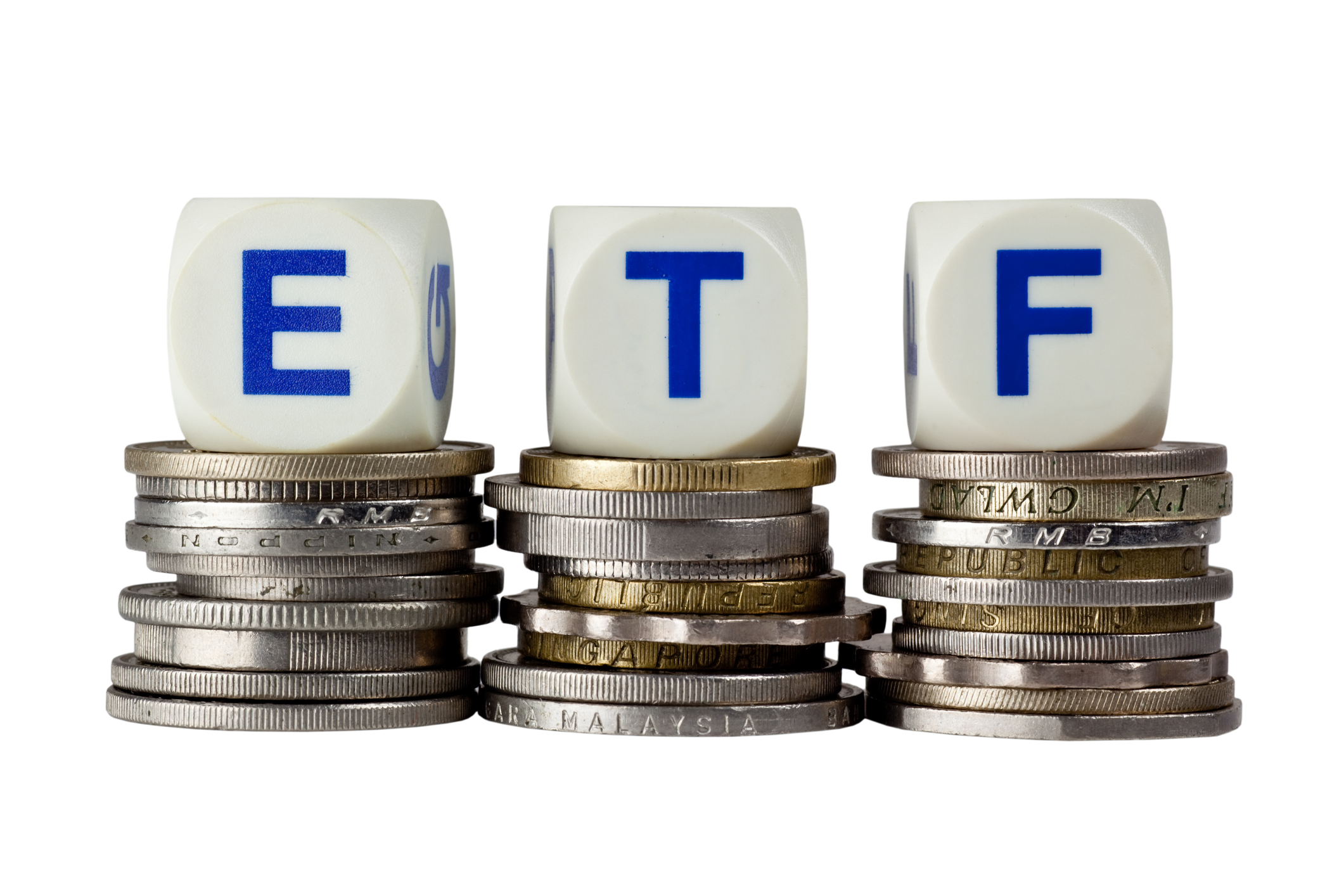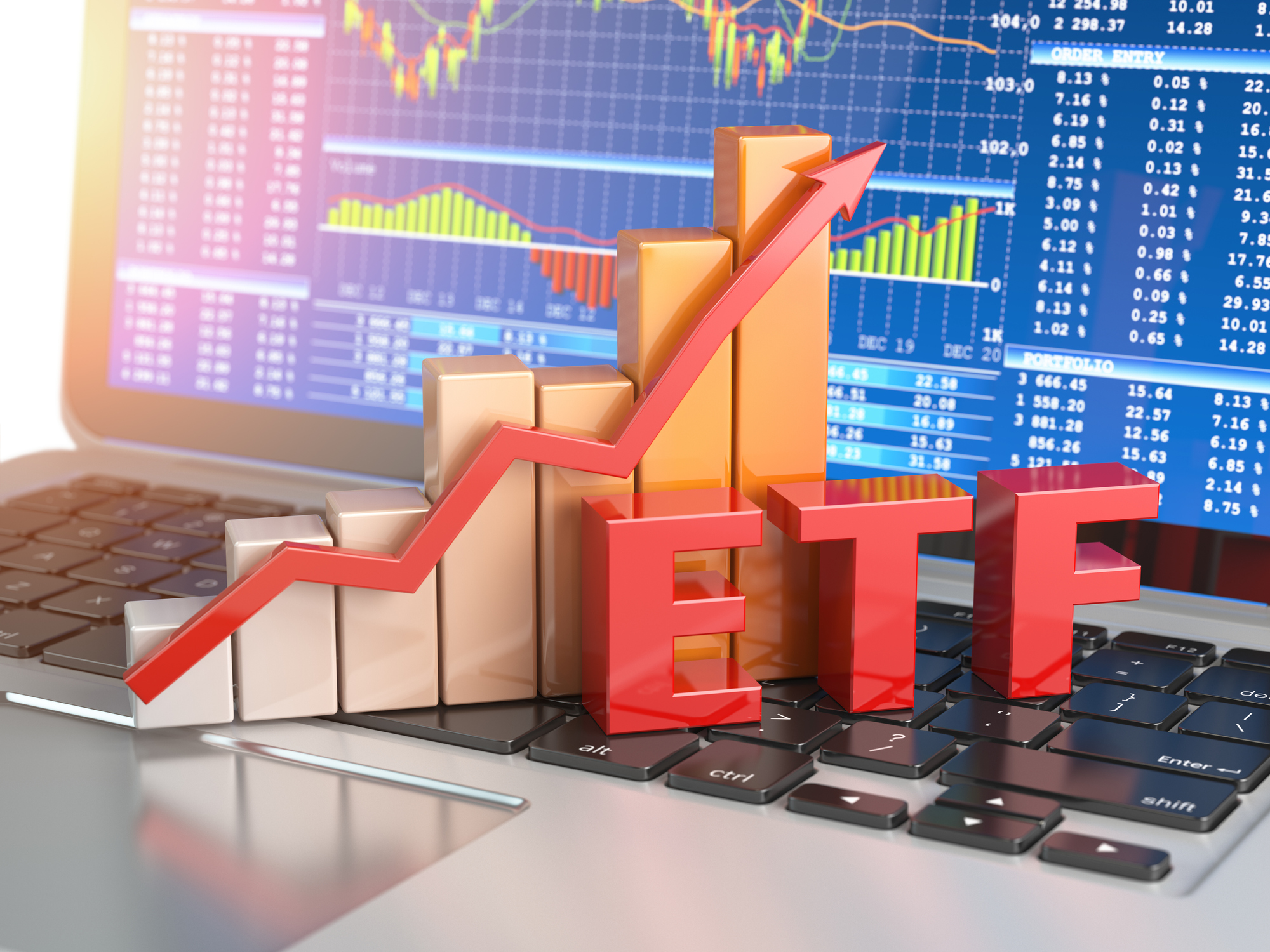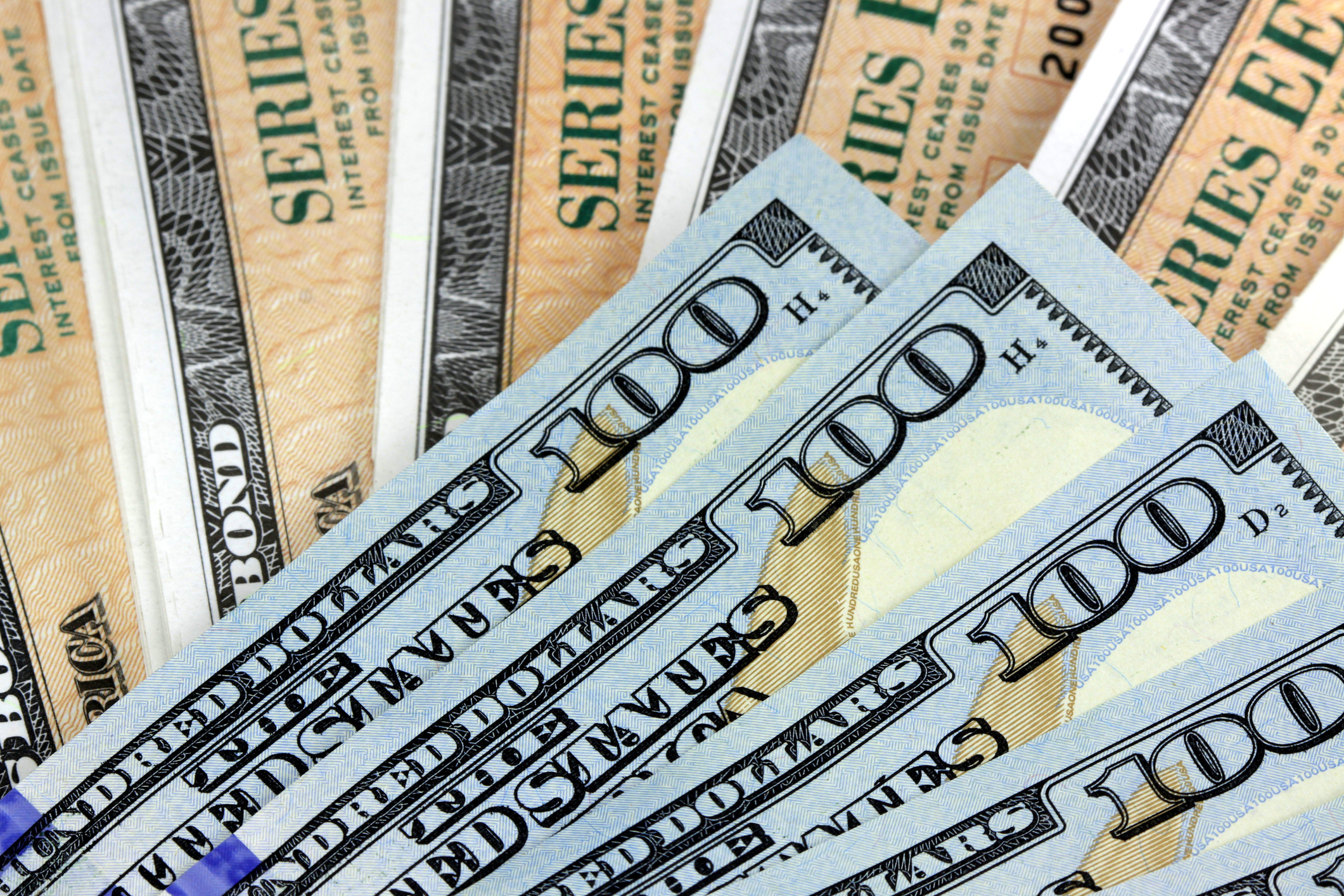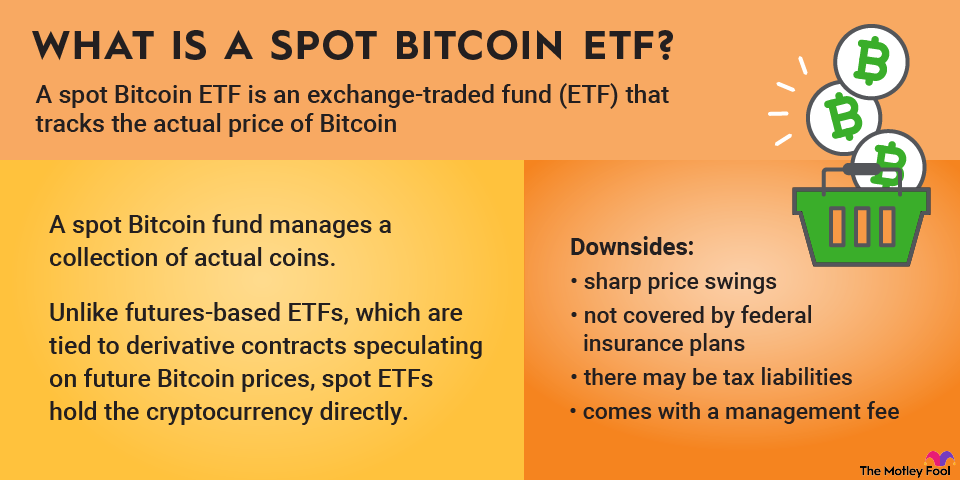You can’t invest directly in the CBOE Volatility Index (^VIX -3.79%), also known as the VIX, because it’s just a number derived from S&P 500 options pricing. But if you want exposure to market volatility, a range of VIX exchange-traded funds (ETFs) offer a way to proxy that exposure.
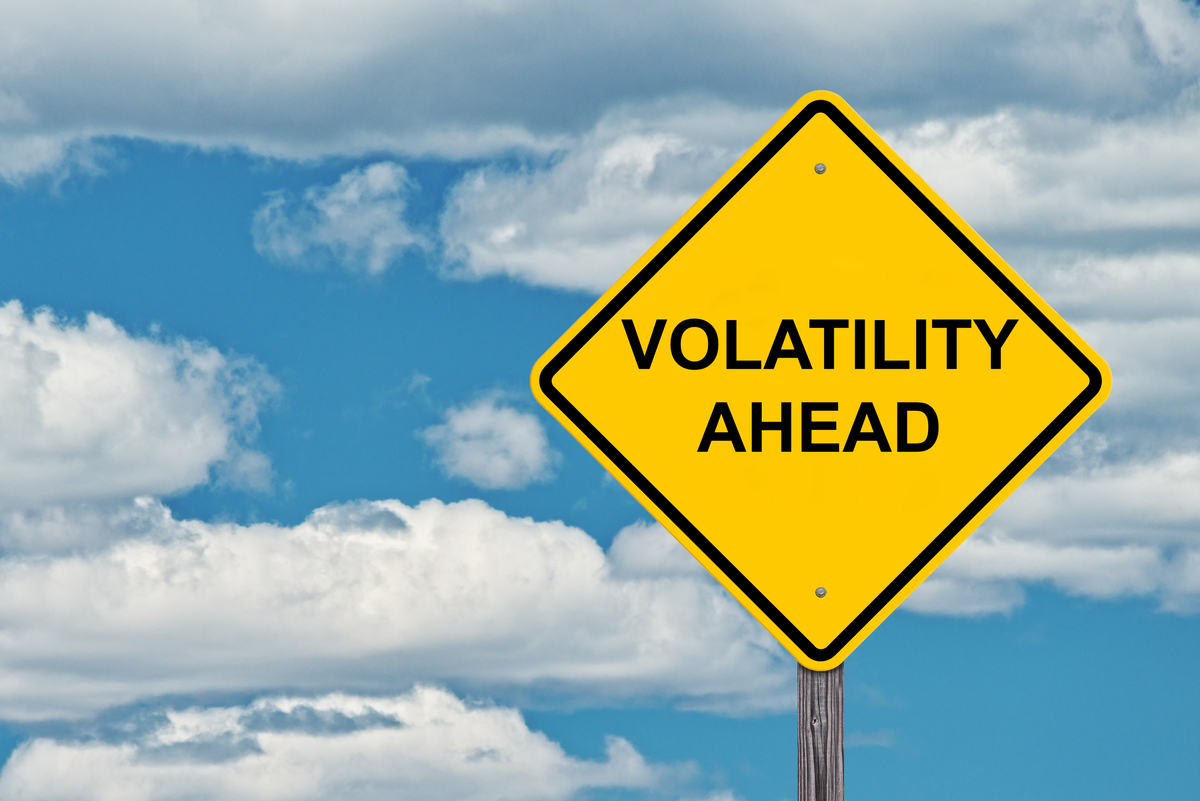
These funds use derivatives like VIX futures to either bet on or against volatility. Some are designed to spike when markets panic, while others benefit when volatility trends low. It’s crucial to read the fine print because VIX ETFs are known for unpredictable behavior over time, sharp drawdowns, and complicated tax treatment. Before investing, make sure you understand what you’re really holding.
Exchange-Traded Fund (ETF)
Best VIX ETFs in 2025
Here are five of the most notable ETFs for the VIX to consider in 2025, including how they work, what they cost, how to buy, and when they might be appropriate to use.
Related investing topics
Should I invest in VIX ETFs?
VIX ETFs are highly advanced, expensive products that often behave in ways counterintuitive to most retail investors. The biggest misunderstanding is that none of these ETFs track the actual spot VIX. They all follow some version of VIX futures, which are correlated to the spot VIX but can behave very differently depending on which contracts are tracked and the shape of the VIX futures curve.
These products are a niche where both the long and short sides come with the real risk of total wipeout. Go long too long, and contango, mean reversion, and high fees will slowly bleed your returns. Go short too long, and you may enjoy a winning streak until one bad volatility spike wipes out a big chunk of gains or more.
Either way, if you're using these ETFs, you need a clear system. That means knowing exactly when you'll buy and sell, monitoring positions daily, having risk controls in place, and understanding that many of these funds issue K-1 tax forms that will complicate filing. These are not buy-and-hold investments. They are tools for disciplined, tactical traders, not casual investors.






